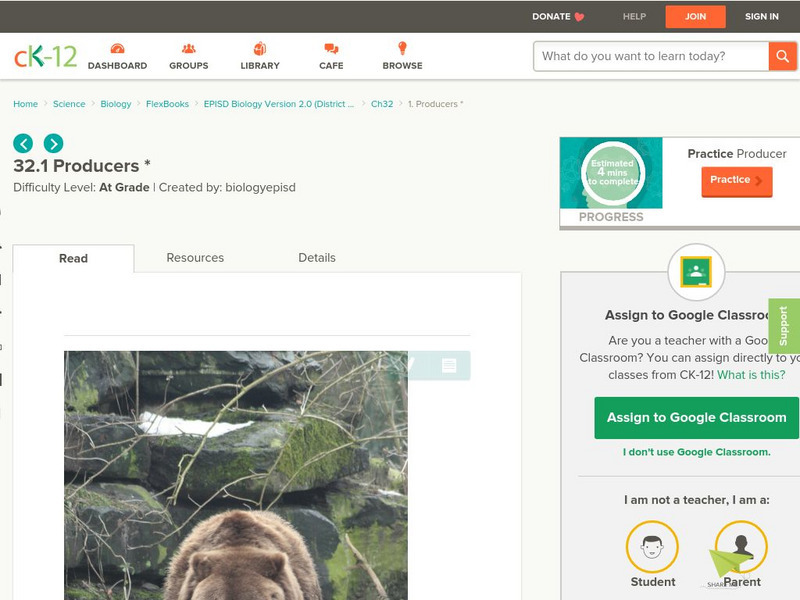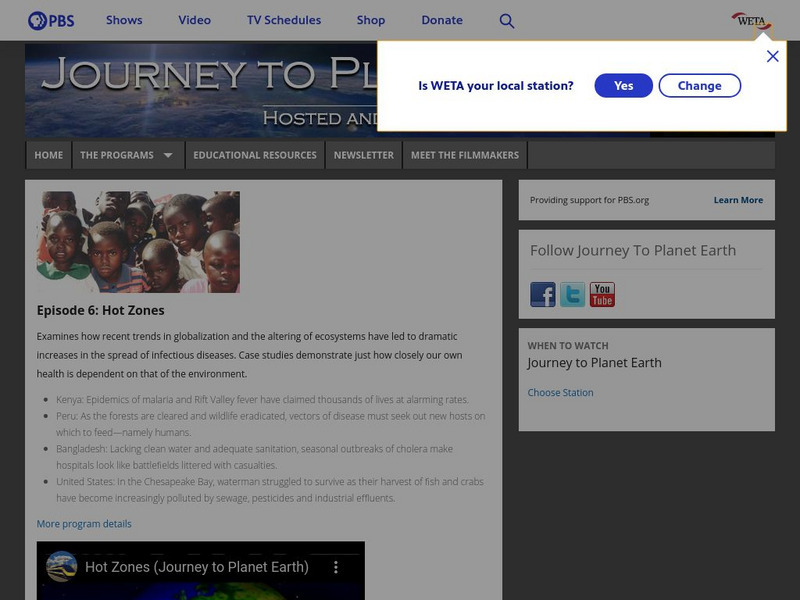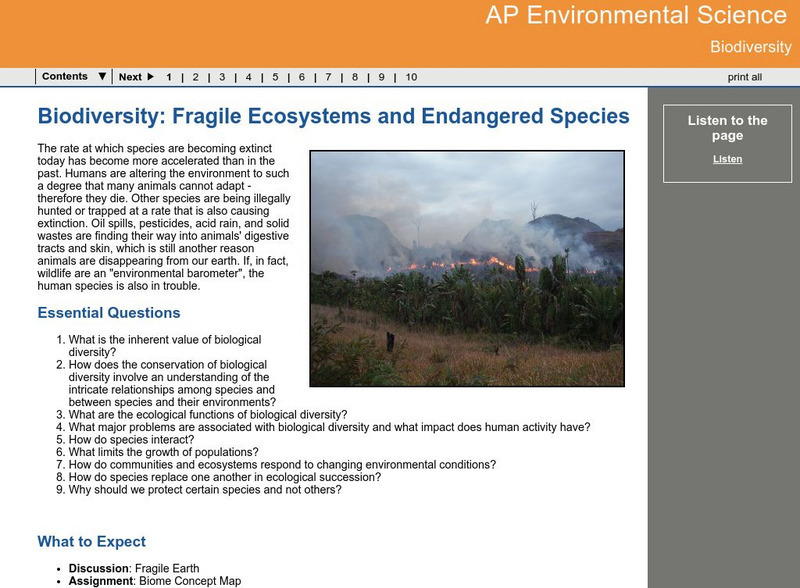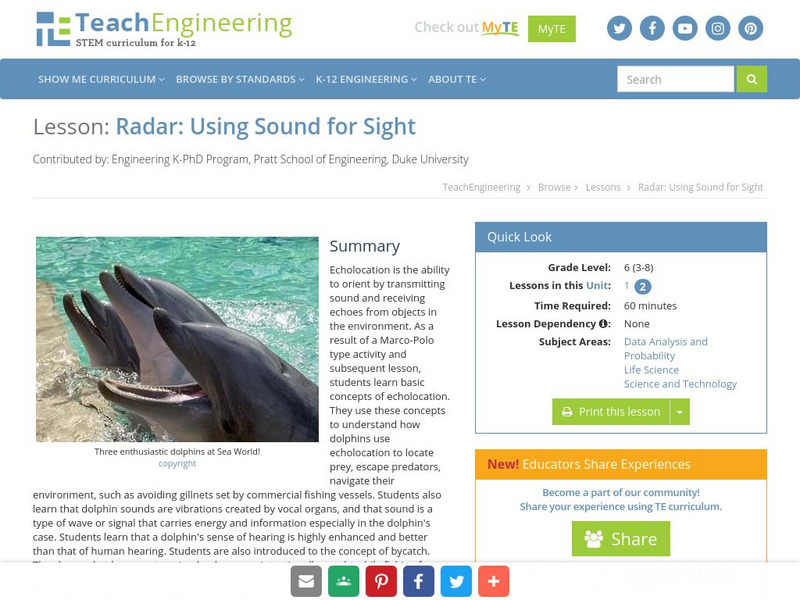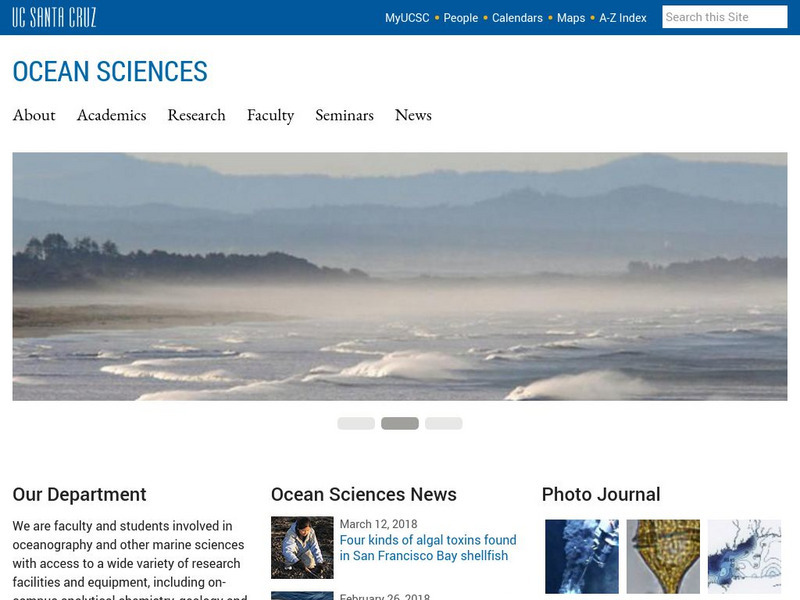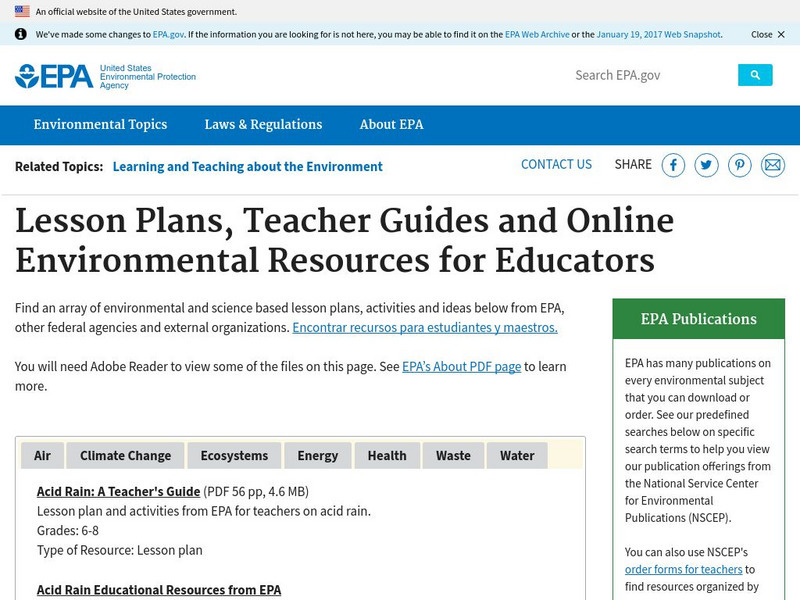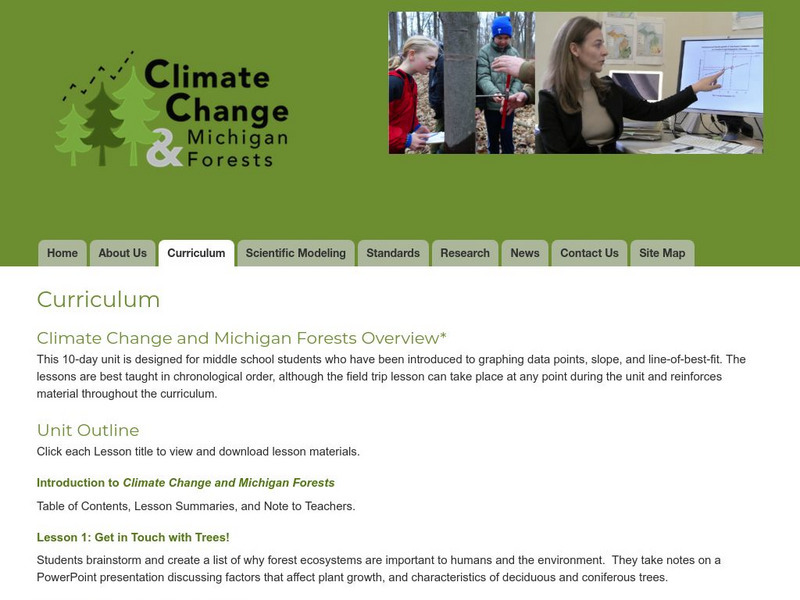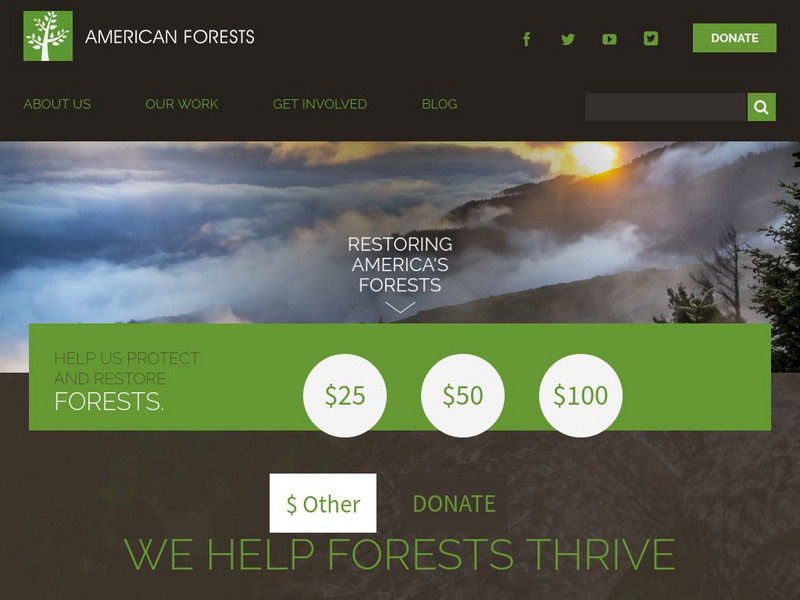CK-12 Foundation
Ck 12: Episd: Energy Pyramids
[Free Registration/Login may be required to access all resource tools.] Understand how energy flows within ecosystems through the use of energy pyramids.
CK-12 Foundation
Ck 12: Episd: Producers
[Free Registration/Login may be required to access all resource tools.] Students will recognize and understand the role of producers in the food chain within different ecosystems.
CK-12 Foundation
Ck 12: Episd: Consumers and Decomposers
[Free Registration/Login may be required to access all resource tools.] Based upon the way organisms acquire their energy students will understand how to group them as consumers, decomposers or producers.
PBS
Pbs: Journey to Planet Earth: Hot Zones
This online companion to the PBS series "Journey to Planet Earth: Hot Zones" explores how changes in ecosystems can lead to increased risk and transmission of infectious diseases. Highlights include video clips and educational resources.
PBS
Pbs: Journey to Planet Earth: Rivers of Destiny
Journey to four major river systems - the Mississippi, Amazon, Jordan and Mekong rivers - and take a look at the challenges happening to the people whose livelihood hinges around them.
Georgia Department of Education
Ga Virtual Learning: Ap Environmental Science: Biodiversity
Through an interactive learning module, students investigate the importance of species richness and biological diversity.
Georgia Department of Education
Ga Virtual Learning: Life and Environment Relationships
In this amazingly comprehensive interactive tutorial you will learn about the characteristics and features of the different biomes on our planet.
TeachEngineering
Teach Engineering: Biodomes Engineering Design Project: Lessons 2 6
In this lesson students learn about biodomesand how engineers use them. Students then create their own biodomes.
TeachEngineering
Teach Engineering: Working Together to Live Together
Students experience civil and environmental engineering by planning a housing development in an existing biome, while also protecting the native species that live there. They conduct research, draw plans, make brochures and give...
TeachEngineering
Teach Engineering: Biodomes
Students explore the biosphere's environments and ecosystems, learning along the way about the plants, animals, resources and natural cycles of our planet. Over the course of lessons 2-6, students use their growing understanding of...
TeachEngineering
Teach Engineering: Dam Impacts
While the creation of a dam provides many benefits, it can have negative impacts on local ecosystems. Young scholars learn about the major environmental impacts of dams and the engineering solutions used to address them.
TeachEngineering
Teach Engineering: Sound for Sight
Echolocation is the ability to orient by transmitting sound and receiving echoes from objects in the environment. As a result of a Marco-Polo type activity and subsequent lesson, students learn basic concepts of echolocation. They use...
Other
Institute of Geophysics and Planetary Physics
Studies involving earth sciences, marine sciences and oceanography.
Other
The Habitable Planet Simulation
This activity is designed to accompany an interactive on the Annenberg Learner website. Students investigate the changes that take place in an ecosystem when they alter the organisms in a food web. As they work with the simulation, they...
US Environmental Protection Agency
Epa: Lesson Plans, Teacher Guides and Online Resources for Educators
Find an array of environmental and science-based lesson plans, activities and ideas from the EPA, other federal agencies, and external organizations.
Geography 4 kids
Geography4 kids.com: Biosphere: Ecosystems
Ecosystems is an excellent resource for understanding what an ecosystem is and goes on to explain the types of ecosystems, known as biomes. Check out the wonderful panoramic photographs of different biomes.
Into the Outdoors
Into the Outdoors: Comparing Fish Life Cycles
A video exploring life cycles of different species living in the same ecosystem and the influence of the ecosystem on the animal's life. Students will learn about comparisons in the animals' sexual maturity age, quantity of eggs laid,...
Smithsonian Institution
National Museum of Natural History: Ocean Planet
Detailed website that was a companion to a 1995 traveling exhibit of the Smithsonian. Links to lesson plans and other educational materials are at the bottom of the page. Enter the exhibition to explore the world of the ocean.
TeachEngineering
Teach Engineering: Got Energy? Spinning a Food Web
Students learn about energy flow in food webs, including the roles of the sun, producers, consumers and decomposers in the energy cycle. They model a food web and create diagrams of food webs using their own drawings and/or images from...
Georgia Department of Education
Ga Virtual Learning: Biology: Ecology Ii
Through a series of multi-media learning activities, students will assess the dependence of all organisms on one another and the flow of energy and matter within their ecosystems.
University of Michigan
University of Michigan: Climate Change and Michigan Forests
A comprehensive 10-lesson unit on how climate change affects the forests of Michigan. Covers many of the NGSS life science standards for middle school. Includes teacher's guide, PowerPoints, video links, student handouts, standards...
Other
American Forests
Promotes the benefits of maintaining a sustainable future for American forests. Outlines initiative to fight urban sprawl and its negative effects on the environment.
Other
Iguazu Argentina
Everything you'd want to know to plan a trip to Iguazu Falls. Features news of the Falls area, location information, a map, history of the National Park, how the falls were formed, and beautiful photographs. Be sure to watch the video!
Utah State Office of Education
Utah Science: What Do You Mean, We Are Different?
Across the state of Utah one will observe a variety of environments such as wetlands, desert, and forest. Here are several activities highlighting the many ecosystems found within one state.



